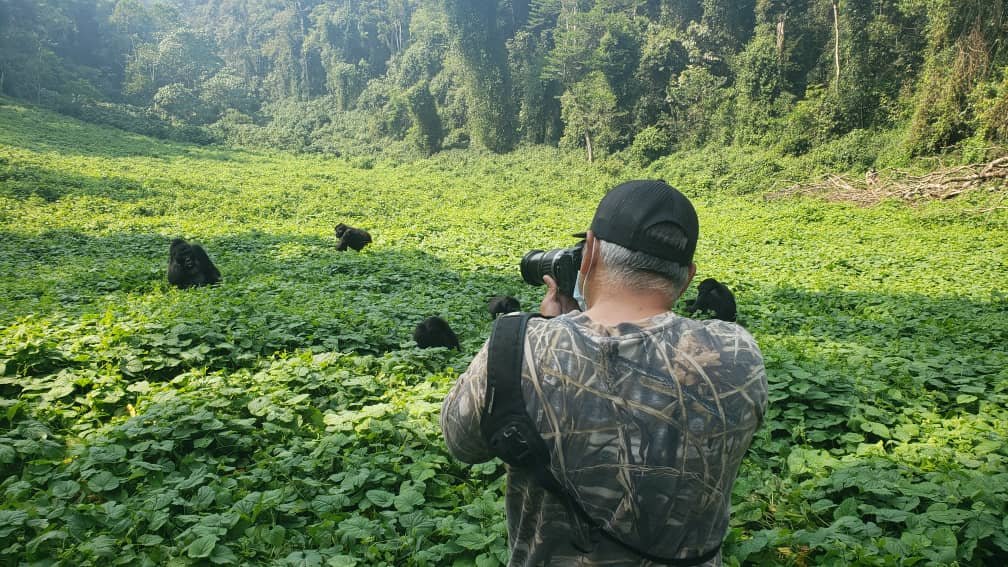Today’s photo takes me back to an unforgettable cenote dive in Tulum, Mexico. I had the opportunity to go searching for a Morelet’s crocodile with a local guide and friend Tamara, who knew just the right spot where one of these elusive creatures is often sighted.
What made this dive unique was being able to use scuba gear. Typically, my crocodile encounters happen while snorkeling, but here I had the rare chance to explore the lagoon with a tank on my back. Cenote diving is an adventure in itself, with stunning swim-throughs, intricate rock formations, and the magical effect of light piercing through the water to create ethereal god rays.
We swam through the cenote for a while without any sign of the crocodile.
Just as we were beginning to think it might not show, we entered one of the cenote’s caves. Deep inside, in a small breathing hole, we finally spotted the croc. It seemed to be hiding there to escape the crowds of snorkeling tourists.
Our bubbles inadvertently disturbed its rest, (sorry buddy), and it swam out of the cave and back into the lagoon. I followed it for a while, capturing different angles as it swam off. This Morelet’s crocodile was very calm, clearly habituated to humans. It allowed me to get close and take some fun shots.
I love crocodiles, their prehistoric features make them such fascinating and photogenic subjects.
I spent about half an hour photographing the croc, trying to do justice to its wild beauty before leaving it alone to continue its day.
It’s been a while since that adventure, but I’m due to return for another opportunity to capture this amazing animal in its natural habitat. Cenote diving is a unique experience, and sharing space with an animal like this only adds to the magic.
You ever had an unforgettable wildlife encounter while diving? Share your stories in the comments—I’d love to hear them!


































































